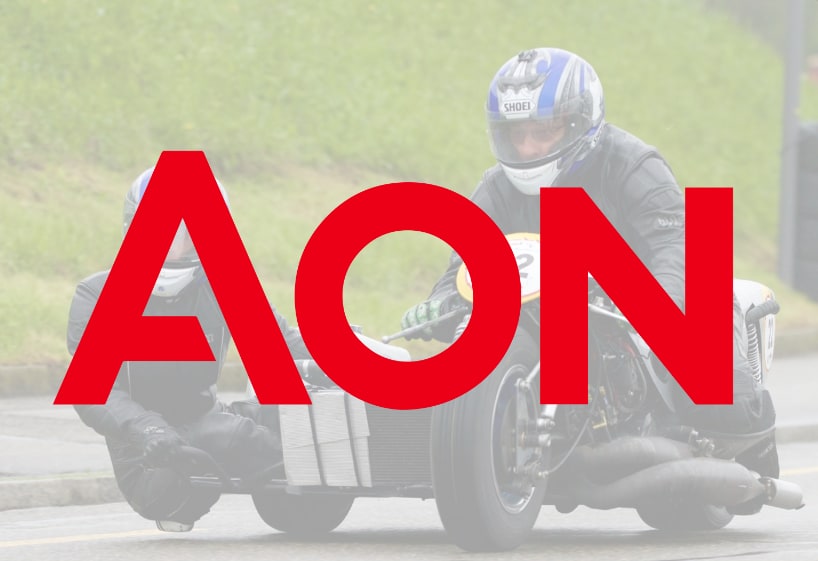Reinsurance sidecar market estimated at record $10bn in 2024: Aon Securities

The outstanding market for collateralized reinsurance sidecar structures has reached a new record high of $10 billion in 2024, which represents roughly 40% growth on the prior year, Aon Securities estimates.
Aon Securities, the insurance-linked securities (ILS) and investment banking arm of the global insurance and reinsurance broker, notes that the new issue reinsurance sidecar market has continued its “re-emergence” with investors looking to support property portfolios, as well as newer structures backing casualty risks.
These quota share structures are seen as an aligned way to support a reinsurer, sharing in its underwriting profits and losses, without any of the exposure to business and corporate risk that might come with an equity or private equity investment.
Hence, in a lot of cases, the backers of sidecars are private equity like investors, although institutional allocators such as pensions, endowments and family offices are equally as prevalent in the sidecar market, especially in fund structures that allocate to multiple private sidecar quota share arrangements.
Previously, Aon had noted that it estimated over $1 billion of new capital has entered this proportional collateralized reinsurance sidecar market in the last year.
Now, the Aon Securities unit has provided a clearer view of the size of the sidecar marketplace, putting it at around the $10 billion level, in terms of sidecar capital outstanding, a new record high as of the middle of 2024.
It represents growth in sidecar risk capital of around 40% over the last year, which outpaces the catastrophe bond market.
Reinsurance sidecars had reached $8.4 billion in capital outstanding right back in 2015, which was the previous high for this part of the collateralized and ILS market.
But sidecar investors were badly affected by the catastrophe losses experienced through 2017 to 2019 and the looser terms around sidecar structures meant the trapping of collateral was also particularly impactful to them.
Sidecars tended to come with buffer loss table clauses that favoured the sponsors and made it very easy for capital and collateral to get trapped, even where losses were deemed relatively unlikely.
The terms and conditions around collateralized reinsurance sidecars were updated in the years following, but it has taken time for investors to get comfortable with the new terms, and now we are beginning to see the effects of this hard work from structuring and legal teams.
Aon Securities also notes that, “Growth of the sidecar market was facilitated by the return of past ILS investors who waited out the soft market cycle and new investors attracted by heightened returns.”
The company further explained, “Higher potential returns in property sidecars have been driven by historically elevated premium rates, more remote attachment levels for underlying treaties, and narrowed coverage definitions.
“Importantly, the property sidecar cycle is being driven not only by reinsurance portfolios but also insurance portfolios. Insurers are looking to sidecars as a source of proportional reinsurance to address the increased earnings volatility from higher excess of loss retentions.”
That is an important distinction.
Many of the reinsurance sidecar investments that resulted in challenging loss and trapped capital situations were retrocessional quota share structures.
The reinsurance quota shares, for primary insurers, tend to have been structured in a way that is more aligned between the protection buyer and capital provider, which is understandable given these are often seen as growth capital by their sponsors, rather than a risk transfer vehicle.
Aon Securities also highlighted the growth of casualty sidecar transactions, saying, “Casualty sidecars have also developed as the combination of improved casualty insurance pricing, higher interest rates, and substantial risk spreads for private credit instruments make these structures possible.
“Investors are seeking structures which provide long-dated investment float to manage within their asset management platforms. This dynamic has allowed (re)insurers to negotiate attractive cession terms to supplement their traditional coverage.”
It’s worth noting that other data sources are not quite as bullish on the size of the sidecar market. While recognising growth and a resurgence, the latest data from AM Best and Guy Carpenter put the reinsurance sidecar market at between $6 billion and $8 billion, although recognising it could be nearer the upper-end of that range.
Find details of numerous reinsurance sidecar investments and transactions in our directory of collateralized reinsurance sidecars transactions.






